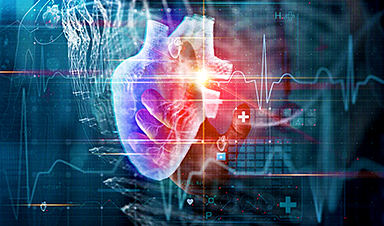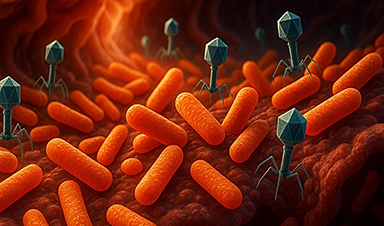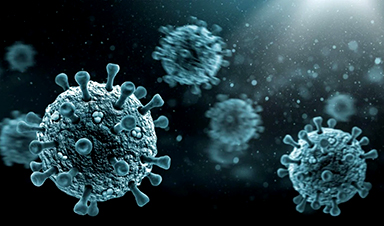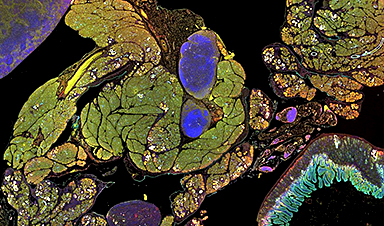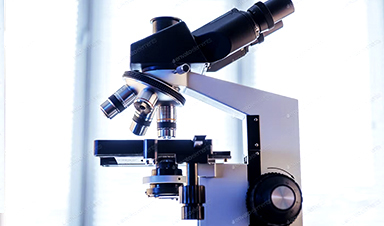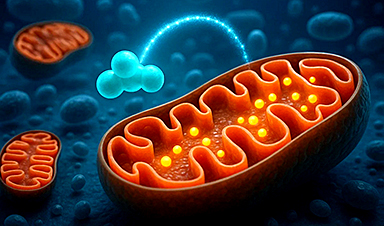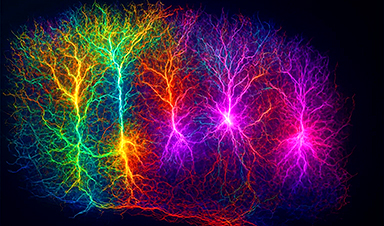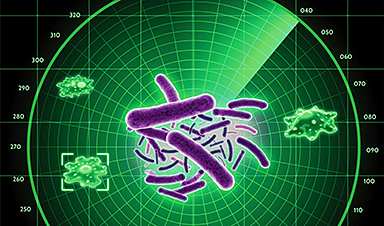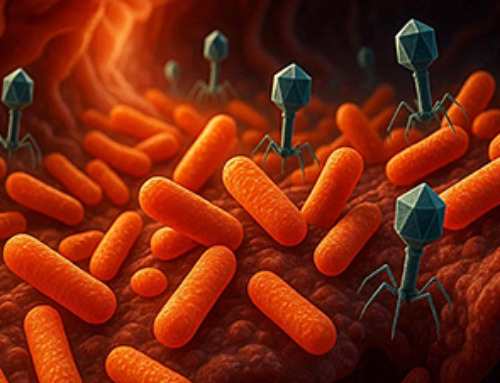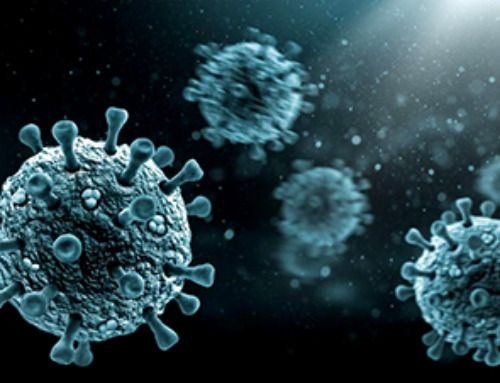AI can now predict deadly heart arrhythmias up to two weeks in advance, potentially transforming cardiac care.
Artificial intelligence could play a key role in preventing many cases of sudden cardiac death, according to a new study published in the European Heart Journal. Researchers from Inserm, Paris Cité University, and the Paris public hospital group (AP-HP), in collaboration with colleagues in the United States, have developed an artificial neural network modeled after the human brain.
By analyzing data from over 240,000 ambulatory electrocardiograms (ECGs), the AI algorithm was able to identify patients at high risk of experiencing a life-threatening arrhythmia capable of triggering cardiac arrest within two weeks—with an accuracy exceeding 70%.
Sudden cardiac death claims more than 5 million lives globally each year. Often, these fatal events occur without warning, affecting individuals with no prior diagnosis of heart disease.
This study highlights the potential of AI to significantly improve the early detection of dangerous arrhythmias, abnormal heart rhythms that can lead to sudden cardiac arrest, by identifying at-risk patients before symptoms appear.
Developing an AI That Mimics the Brain
As part of this study, a network of artificial neurons was developed by a team of engineers from the company Cardiologs (Philips group) in collaboration with the universities of Paris Cité and Harvard. What this algorithm does is imitate the functions of the human brain in order to improve the prevention of cardiac sudden death.
The researchers analyzed several million hours of heartbeats thanks to data from 240,000 ambulatory electrocardiograms collected in six countries (USA, France, UK, South Africa, India, and Czechia).
Thanks to artificial intelligence, the researchers were able to identify new weak signals that herald the risk of arrhythmia. They were particularly interested in the time needed to electrically stimulate and relax the heart ventricles during a complete cycle of cardiac contraction and relaxation.
New Predictive Signals Identified
“By analyzing their electrical signal for 24 hours, we realized that we could identify the subjects susceptible of developing a serious heart arrhythmia within the next two weeks. If left untreated, this type of arrhythmia can progress towards a fatal cardiac arrest,” explains Dr. Laurent Fiorina, first author of the study, researcher at the Paris Cardiovascular Research Centre (PARCC) (Inserm/Paris Cité University),” cardiologist at Cardiovascular Institute Paris-Sud (ICPS) (Ramsay, Massy), and medical director in charge of artificial intelligence at Philips.
While the artificial neural network is still in the evaluation phase, it showed itself in this study to be capable of detecting at-risk patients in 70% of cases, and no-risk patients in 99.9% of cases.
In the future, this algorithm could be used to monitor at-risk patients in hospitals. If its performance is refined, it could also be used in devices such as ambulatory Holters that measure blood pressure to reveal hypertension risks. It could even be used in smartwatches.
A Paradigm Shift in Cardiac Risk Prediction
“What we’re proposing here is a paradigm change in the prevention of sudden death, “comments Eloi Marijon, Inserm research director at PARCC (Inserm/Paris Cité University), professor of cardiology at Paris Cité University and head of the cardiology department at Georges Pompidou European Hospital AP-HP.
“Until now we’d been trying to identify patients at risk over the medium and long term, but were incapable of predicting what could happen in the minutes, hours, or days that precede a cardiac arrest. Now, thanks to artificial intelligence, we can predict these events in the very short term and potentially take action before it’s too late.”
The researchers now wish to conduct prospective clinical studies to test the efficacy of this model under real-world conditions.
“It’s essential for this technology to be evaluated in clinical trials before being used in medical practice,” insists Dr. Fiorina. “But what we’ve already shown is that AI has the potential to radically transform the prevention of serious arrhythmias.”
Reference: “Near-term prediction of sustained ventricular arrhythmias applying artificial intelligence to single-lead ambulatory electrocardiogram” by Laurent Fiorina, Tanner Carbonati, Kumar Narayanan, Jia Li, Christine Henry, Jagmeet P Singh and Eloi Marijon, 30 March 2025, European Heart Journal.
DOI: 10.1093/eurheartj/ehaf073
News
Scientists Flip a Gut Virus “Kill Switch” – Expose a Hidden Threat in Antibiotic Treatment
Scientists have long known that bacteriophages, viruses that infect bacteria, live in our gut, but exactly what they do has remained elusive. Researchers developed a clever mouse model that can temporarily eliminate these phages [...]
Enhanced Antibacterial Polylactic Acid-Curcumin Nanofibers for Wound Dressing
Background Wound healing is a complex physiological process that can be compromised by infection and impaired tissue regeneration. Conventional dressings, typically made from natural fibers such as cotton or linen, offer limited functionality. Nanofiber [...]
Global Nanomaterial Regulation: A Country-by-Country Comparison
Nanomaterials are materials with at least one dimension smaller than 100 nanometres (about 100,000 times thinner than a human hair). Because of their tiny size, they have unique properties that can be useful in [...]
Pandemic Potential: Scientists Discover 3 Hotspots of Deadly Emerging Disease in the US
Virginia Tech researchers discovered six new rodent carriers of hantavirus and identified U.S. hotspots, highlighting the virus’s adaptability and the impact of climate and ecology on its spread. Hantavirus recently drew public attention following reports [...]
Studies detail high rates of long COVID among healthcare, dental workers
Researchers have estimated approximately 8% of Americas have ever experienced long COVID, or lasting symptoms, following an acute COVID-19 infection. Now two recent international studies suggest that the percentage is much higher among healthcare workers [...]
Melting Arctic Ice May Unleash Ancient Deadly Diseases, Scientists Warn
Melting Arctic ice increases human and animal interactions, raising the risk of infectious disease spread. Researchers urge early intervention and surveillance. Climate change is opening new pathways for the spread of infectious diseases such [...]
Scientists May Have Found a Secret Weapon To Stop Pancreatic Cancer Before It Starts
Researchers at Cold Spring Harbor Laboratory have found that blocking the FGFR2 and EGFR genes can stop early-stage pancreatic cancer from progressing, offering a promising path toward prevention. Pancreatic cancer is expected to become [...]
Breakthrough Drug Restores Vision: Researchers Successfully Reverse Retinal Damage
Blocking the PROX1 protein allowed KAIST researchers to regenerate damaged retinas and restore vision in mice. Vision is one of the most important human senses, yet more than 300 million people around the world are at [...]
Differentiating cancerous and healthy cells through motion analysis
Researchers from Tokyo Metropolitan University have found that the motion of unlabeled cells can be used to tell whether they are cancerous or healthy. They observed malignant fibrosarcoma [...]
This Tiny Cellular Gate Could Be the Key to Curing Cancer – And Regrowing Hair
After more than five decades of mystery, scientists have finally unveiled the detailed structure and function of a long-theorized molecular machine in our mitochondria — the mitochondrial pyruvate carrier. This microscopic gatekeeper controls how [...]
Unlocking Vision’s Secrets: Researchers Reveal 3D Structure of Key Eye Protein
Researchers have uncovered the 3D structure of RBP3, a key protein in vision, revealing how it transports retinoids and fatty acids and how its dysfunction may lead to retinal diseases. Proteins play a critical [...]
5 Key Facts About Nanoplastics and How They Affect the Human Body
Nanoplastics are typically defined as plastic particles smaller than 1000 nanometers. These particles are increasingly being detected in human tissues: they can bypass biological barriers, accumulate in organs, and may influence health in ways [...]
Measles Is Back: Doctors Warn of Dangerous Surge Across the U.S.
Parents are encouraged to contact their pediatrician if their child has been exposed to measles or is showing symptoms. Pediatric infectious disease experts are emphasizing the critical importance of measles vaccination, as the highly [...]
AI at the Speed of Light: How Silicon Photonics Are Reinventing Hardware
A cutting-edge AI acceleration platform powered by light rather than electricity could revolutionize how AI is trained and deployed. Using photonic integrated circuits made from advanced III-V semiconductors, researchers have developed a system that vastly [...]
A Grain of Brain, 523 Million Synapses, Most Complicated Neuroscience Experiment Ever Attempted
A team of over 150 scientists has achieved what once seemed impossible: a complete wiring and activity map of a tiny section of a mammalian brain. This feat, part of the MICrONS Project, rivals [...]
The Secret “Radar” Bacteria Use To Outsmart Their Enemies
A chemical radar allows bacteria to sense and eliminate predators. Investigating how microorganisms communicate deepens our understanding of the complex ecological interactions that shape our environment is an area of key focus for the [...]
